Mycology: The Study Of Fungi
Cultivation
Cultivation usually starts with spores collected from mature fruits. They can be suspended in sterile water in a syringe, or one a cotton swab or even the aluminum foil they were dispersed onto. Spores are germinated on a sterilized growth medium such as agar where the life cycle proceeds to make a colony of mycelium. If free of contamination it can either be transferred to a vessel of sterilized grain to colonize or grown out and transferred to new plates of agar to isolate stronger growing characteristics from the mycelium in hopes of faster and more aggressive fruiting traits. When the grain is fully colonized it is mixed with a substrate like coco coir and placed in a container where humidity and oxygen exchange are monitored and optimized.
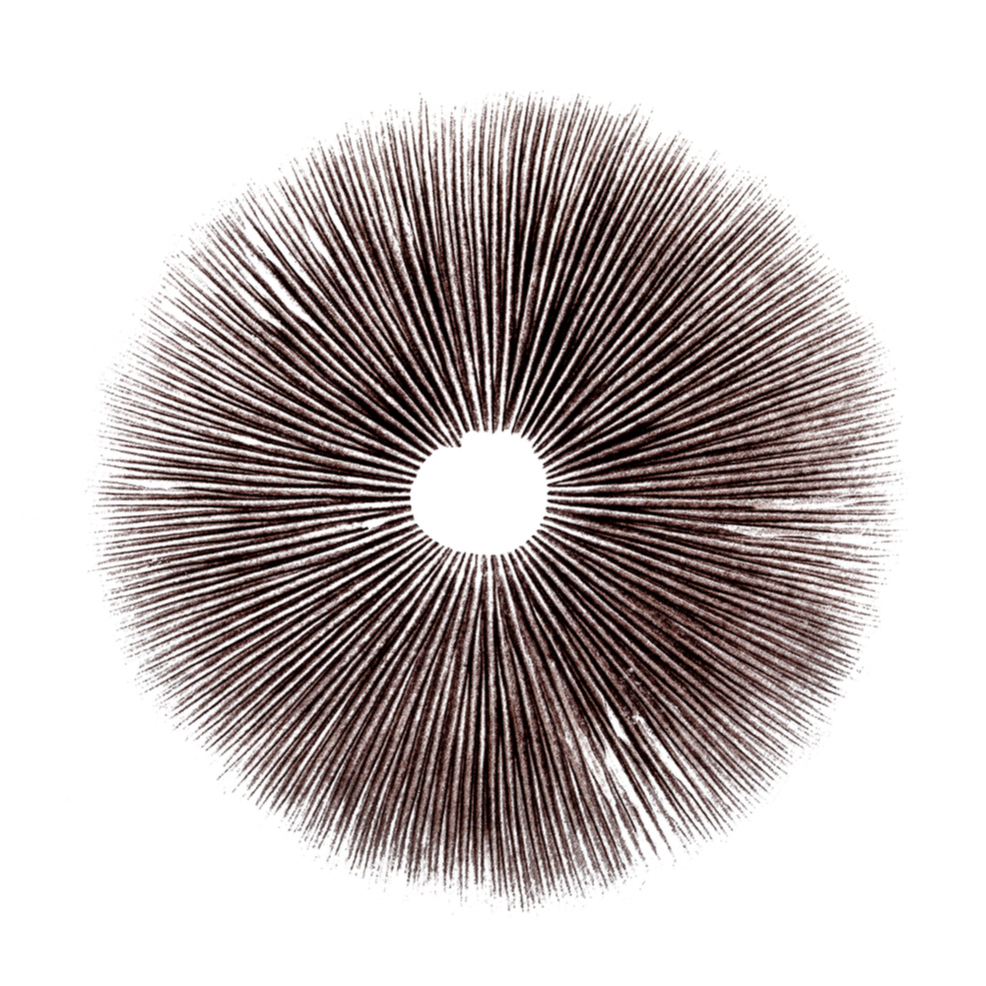
P. cubensis spore print
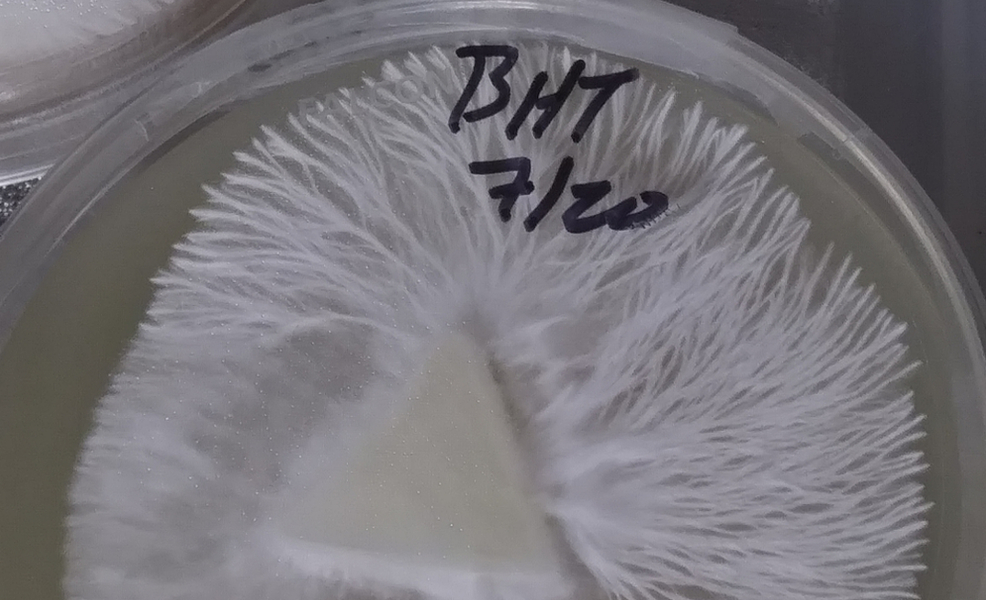
P. cubensis mycelium growing on an agar plate labeled with cultivar and date of transfer
Strong genetics and good practices (aka ‘tek’) will always be the best path to success. Grow kits, no matter the source, are strongly discouraged due to the high failure rates and lack of understanding of the process at hand. The largest online community of cultivators can be found at Shroomery.org (aka the mothership) or their Facebook group “The Shroomery.” With a bit of searching and reading there is all the information one would ever need to become an expert cultivator.
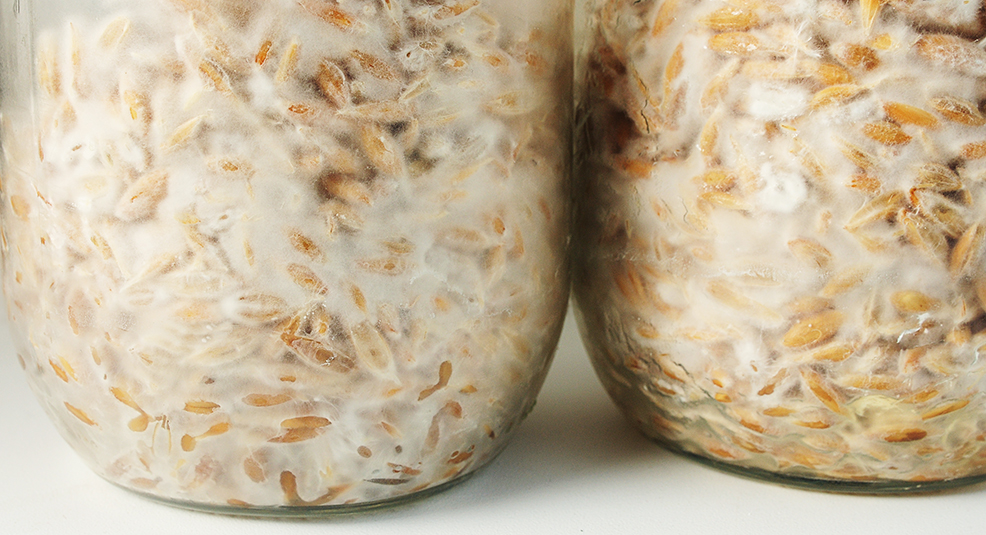
Mycelium colonizing grain that has been pre-sterilized
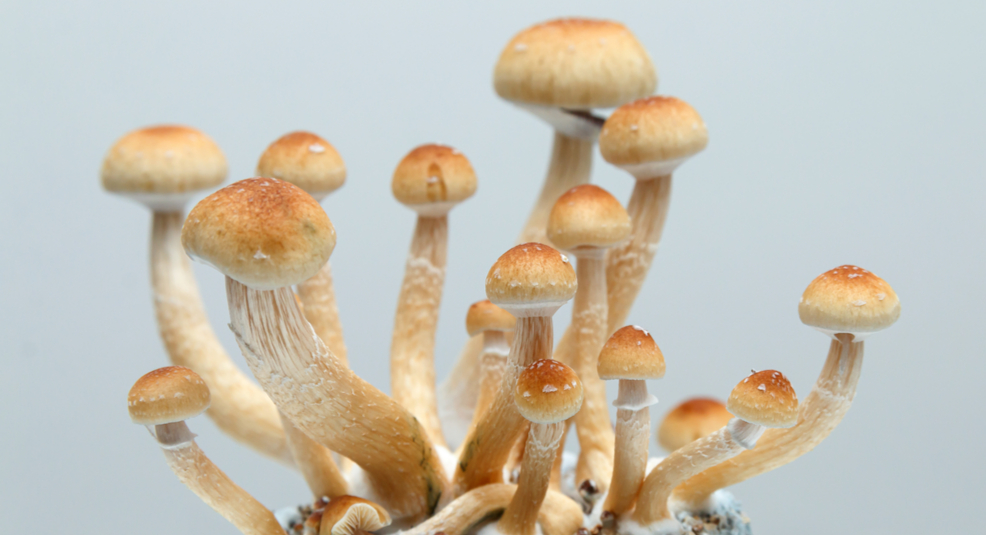
P. cubensis being cultivated using the ‘PF Tek’
Post-harvest, mature mushrooms are removed from their substrate and usually placed into a food-grade dehydrator until cracker dry, although they can also be consumed fresh. Removing all moisture as quickly as possible post-harvest ensures no mold will be able to grow on it before consumption. Roughly 90% of the fresh weight is lost in the dehydration process. For example, 10g fresh becomes roughly 1g dry. Properly cultivated, dried, and stored fruits can remain effective for 5 years or more. Mushrooms that are not thoroughly dehydrated may carry harmful molds or pathogens.
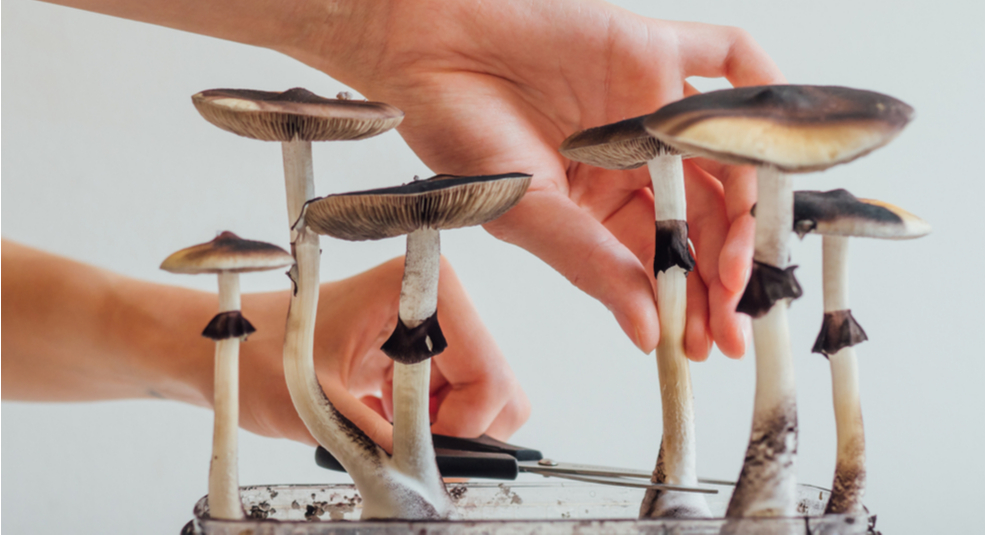
Harvesting mature fruits, note the dark spots from spore dispersal
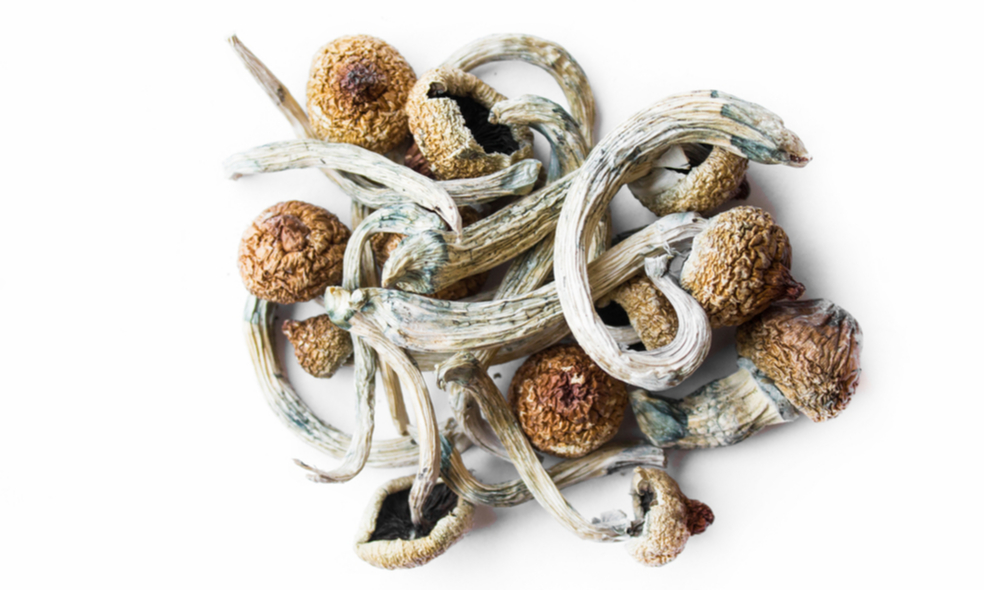
Fully dehydrated fruits ready for consumption or long-term storage
Preparation
Dehydrated fruits are then consumed in a variety of ways from eaten whole to ground up and put into capsules, tinctures, chocolate, gummy candies, or other foods.
The active compounds are water soluble, and not significantly affected by sub combustion cooking temperatures. This means the fruit body can be added to most food without issue. It can also be made into a hot steeped tea, and the acidity from lemon juice will greatly catalyze the extraction. In fact, some users steep ground fruits in pure lemon juice to make a concentrate (known as lemon tek) that is reported to have a stronger effect but shorter duration (than the same weight consumed in the traditional fashion).
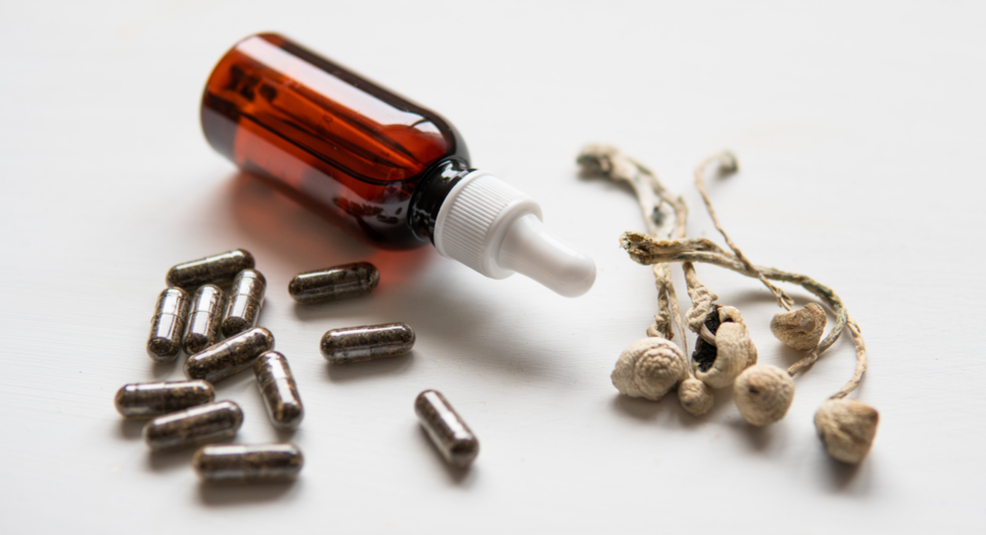
A few anecdotal potentiators commonly referred are vitamin C, niacin, cacao, and CBD, among others. They have been reported to enhance users’ experiences, but there has been no real evidence to back any of that up as of yet. Always be careful if taking medication such as an SSRI or MAOI and consult a physician prior to use concerning any questions.
Psilocybin mushrooms can be consumed dozens of ways. A few of the most common ways include chewing them raw, adding them to pizza or a sandwich, or blending them into orange juice. Though each of these will do just fine, below are a few other, arguably more enjoyable ways to consume them.
Important notes: Despite common misconception, temperatures involved in normal cooking processes do not destroy or break down the active ingredients. Mushrooms are water soluble, however if left in water for too long, they will expand and take on a slimy texture. An empty stomach (fasting) is also not necessary for increased potency in relation to the amount ingested. In fact, it is more reliable to have a positive experience with proper nutrition and hydration.
Capsules
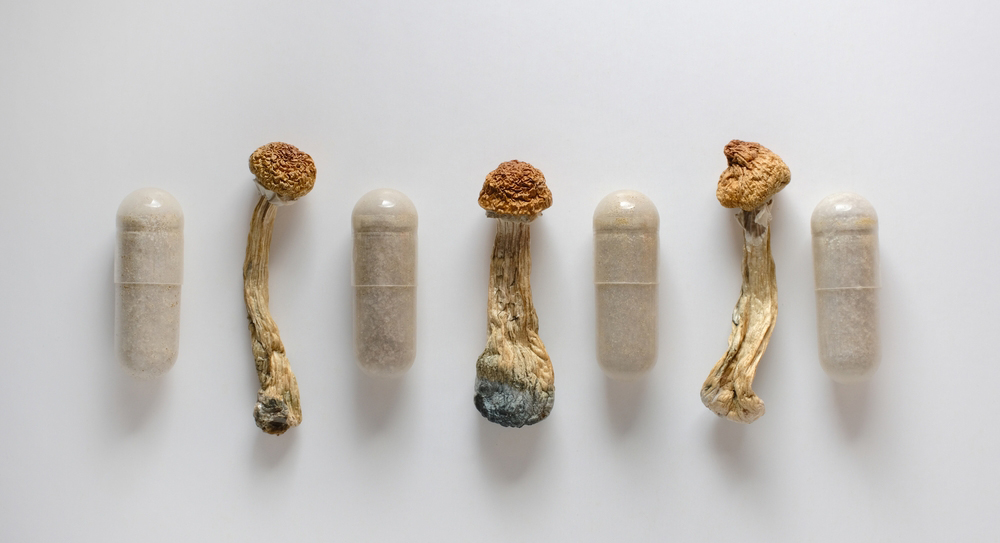
One of the most common ways psilocybin mushrooms are consumed is in capsule form. Some people purchase them this way and others can make the capsules themselves by using a coffee grinder to pulverize the mushrooms into a powder. Tripping or microdosing with capsules is also an easy way to measure the proper dose, and it helps mediate the difference in potency from mushroom to mushroom.
Tea
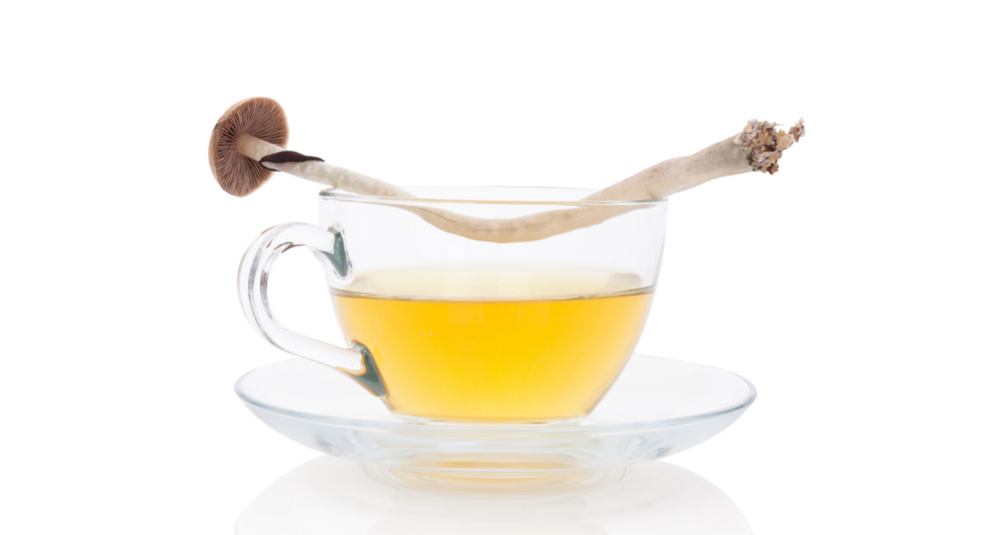
Mushroom tea is one of the oldest forms of consumption and many people seem to have an easy time drinking it. Some users soak mushrooms in warm or hot water for a few minutes then drink it. One can choose not to eat the mushrooms when consuming the tea, but it may be less effective. Others grind mushrooms into a powder and dump it in a one-use disposable tea bag. Metal infusers can be used as well, but sometimes their holes are too large to be effective.
Honey, Spices, & Water
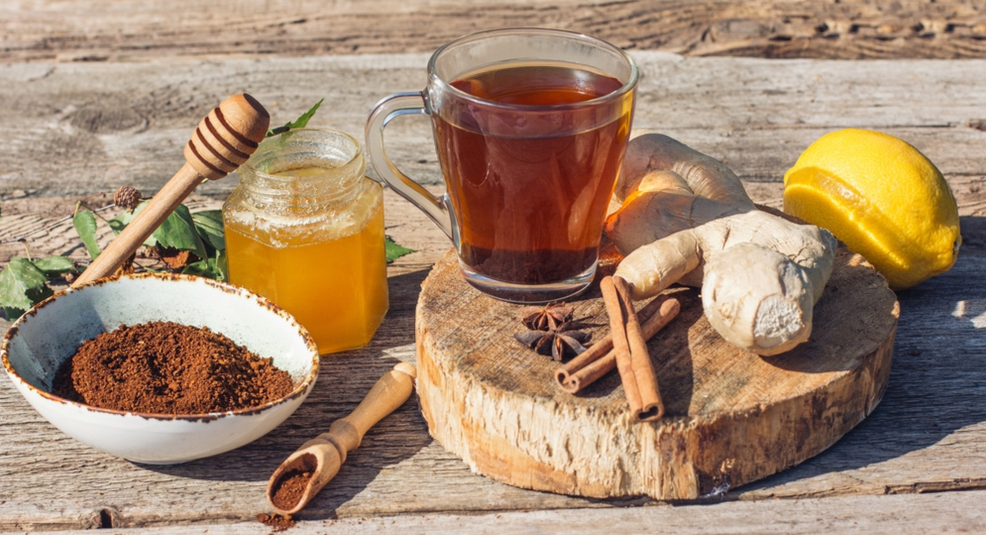
For those who want to keep it simple, this is a good way to prepare mushrooms. Not to mention it is sweeter and more palatable than traditional mushroom tea.
Preparation is easy and only requires a few ingredients. Take about half a glass of cold or warm water, two or more spoonfuls of honey, and add spices like ginger or nutmeg to taste. Grind up some mushrooms, mix them into the water, resulting in a sweet psychedelic concoction.
Lemon Tek
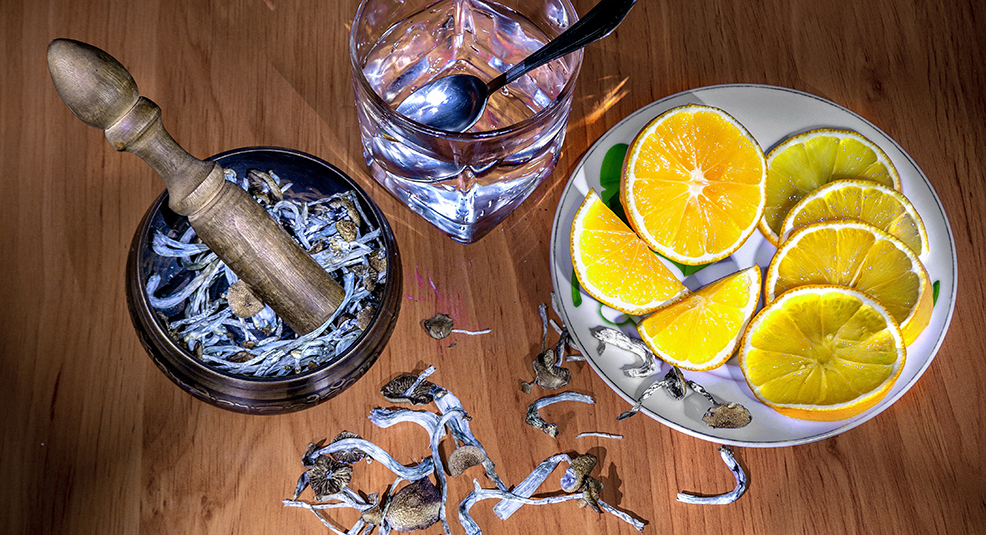
Lemon tek is known to decrease nausea and shorten the duration of one’s trip, but it is also known to intensify it.
This method requires soaking a dose of psilocybin mushrooms in lemon or lime juice for about 20 minutes before consumption to extract active compounds. Because the acid helps extract active alkaloids from the fruit, the user does not need to ingest the mushroom biomass. The chitin in raw mushrooms can upset the stomach and is much harder to digest, however the citric acid breaks down the mushrooms’ cell walls and allows the water to extract the psilocybin, psilocin, baeocystin, and norbaeocystin.
One theory is that lemon tek mimics the stomach’s acidic pH levels, therefore replicating its environment. Another theory is that the lemon or lime juice helps convert psilocybin into psilocin, the compound responsible for the psychedelic’s effects. The anecdotal effects of lemon tek are well-documented within clandestine psychedelic communities, but have yet to be properly researched.
Many users who utilize lemon tek claim it concentrates or intensifies their trip. This means that it has a much shorter duration overall— from ingestion to return to baseline, but all of the effects of the experience are condensed into this timeframe. With lemon tek, a trip can start as early as 10 to 45 minutes after ingestion; versus the typical 30 to 90 minutes required for whole fruit digestion. The trip will also last between 3 to 6 hours rather than 6 to 8 depending on the dose.
Note: Other citrus and acidic fruits may not work as well due to varying pH levels. Lemon juice has a pH between 2 and 3, whereas orange and pineapple juices have pH levels are between 3.5 and 4.
Orange Juice
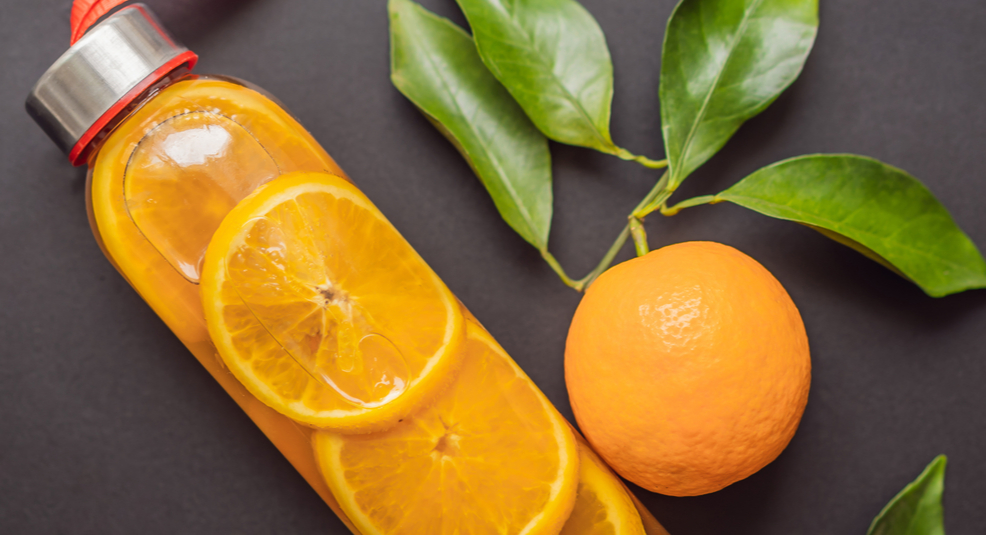
Many people believe orange juice is the key to a clean and positive psilocybin trip. Similar to lemon tek, orange juice helps break down psilocybin into psilocin. Because the acetic acid from the orange juice breaks down the compound in a more efficient way, the trip will come on faster and stronger.
Preparing for this trip is much simpler than other preparations as it only requires one to drink orange juice before consuming psilocybin mushrooms. Some experts recommend making fresh orange juice because it is less diluted and will contain more acetic acid than store bought juices.
Chocolate
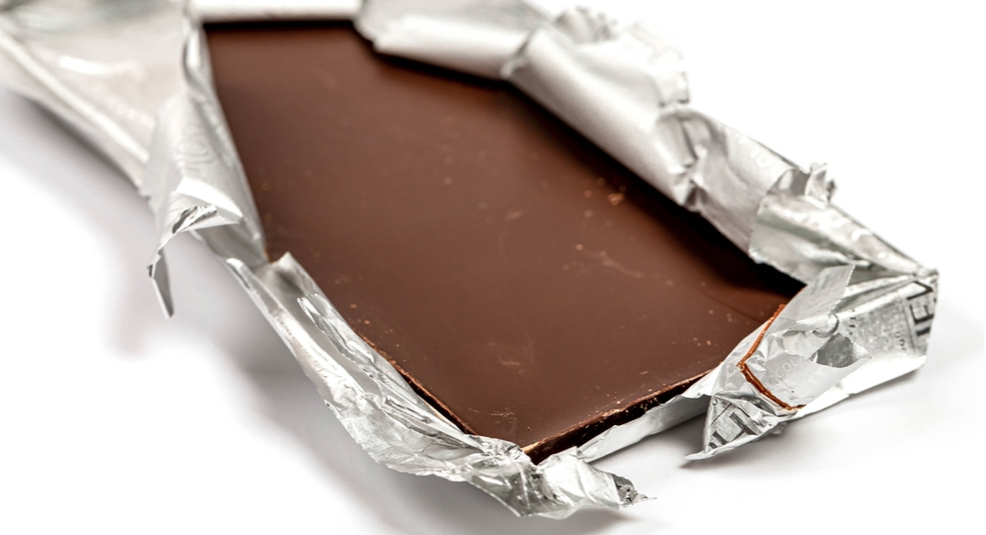
Some people sprinkle cocoa powder on top of their mushrooms, but it has become more popular to consume mushroom-infused chocolate. This is solely for taste and/or ease of consumption. In fact, because chocolate contains caffeine, consuming it with other psychoactives can cause an increased heart rate and high blood pressure.
4-AcO-DMT, aka “ACE”
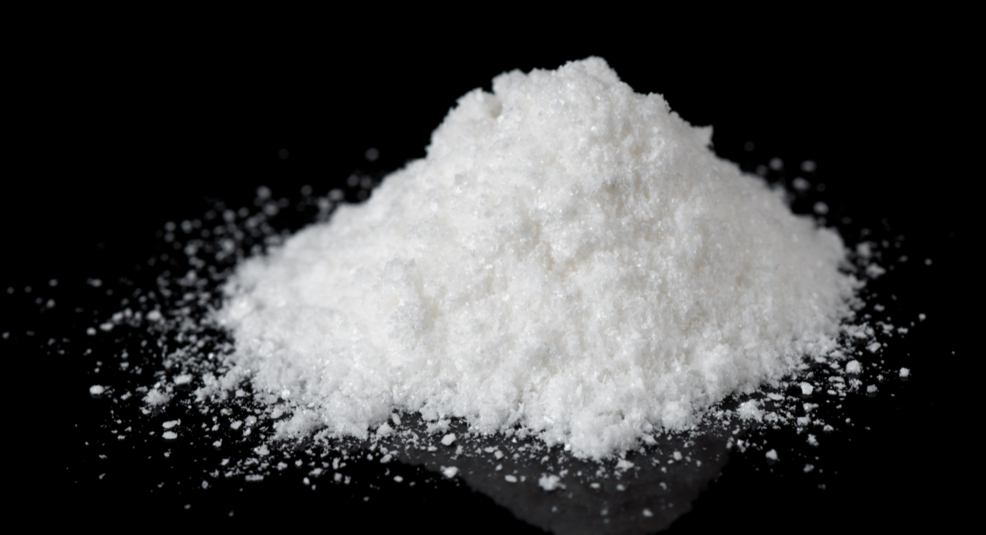
4-AcO-DMT, otherwise known as ACE, psilacetin, or synthetic mushrooms, belongs in the tryptamine family and was first synthesized by Albert Hofmann in 1963. Like psilocybin, it is thought to be a prodrug of psilocin.
4-AcO is a brown or off-white powder that can be consumed orally like natural mushrooms or through insufflation. When taking lower doses (2.5 – 10 mg orally; less than 5 – 10 mg nasally), 4-AcO can imitate a psilocybin trip; higher doses (20 – 40+ mg orally; 20 – 30+ mg nasally) tend to feel more akin to a DMT trip. A 4-AcO trip is very sensitive to dose, and can last up to 8 hours with an afterglow that can last up to 48 hours post-trip. If ingested nasally, the user may have a more intense and concentrated trip.